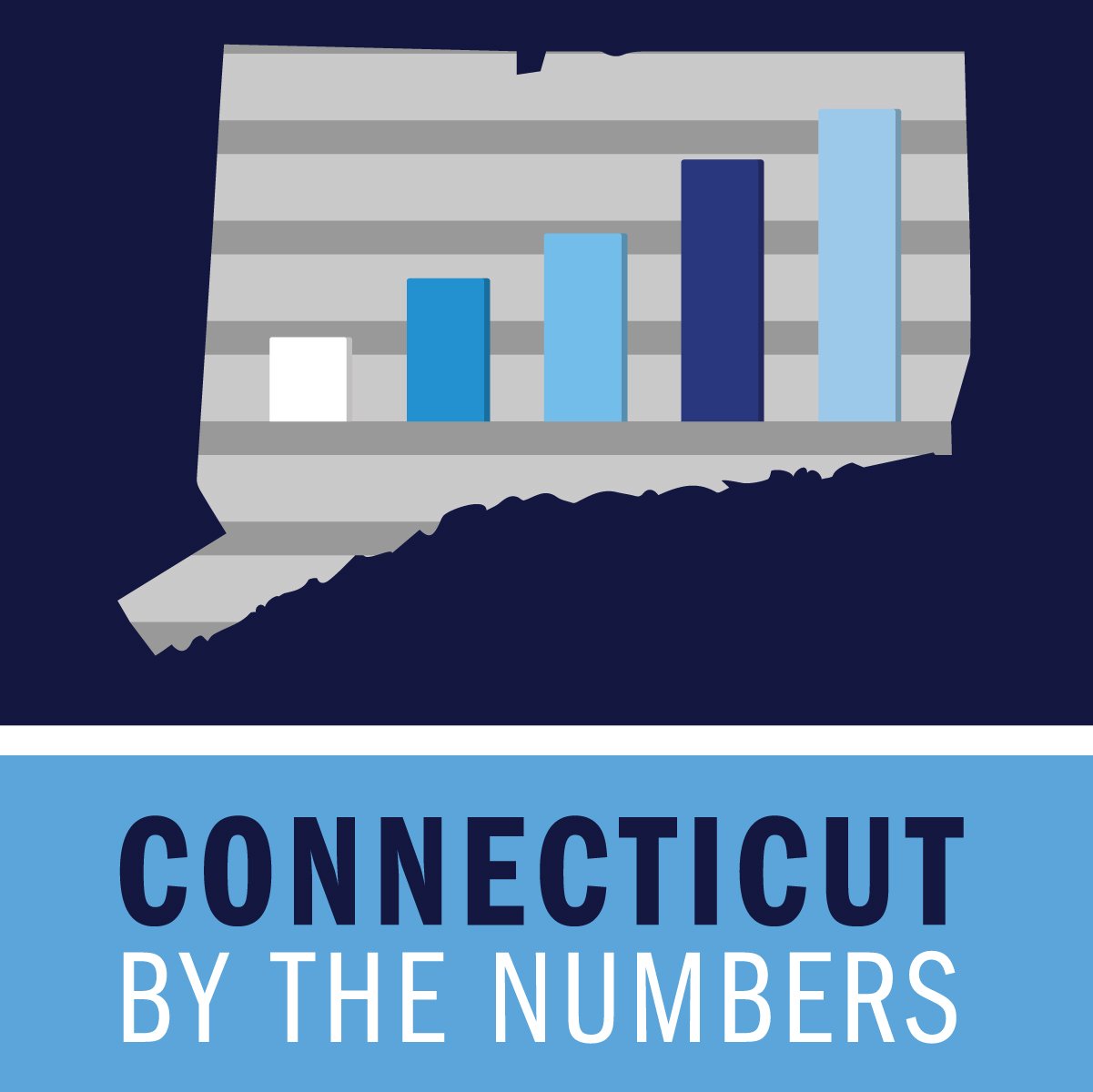Waterbury, Hartford, Simsbury Receive National Recognition for Main Street Initiatives; Eight Local Efforts to Receive Awards
/Three Connecticut communities in the Connecticut Main Street network have achieved accreditation for meeting the commercial district revitalization performance standards set by Main Street America, a subsidiary of the National Trust for Historic Preservation. The Connecticut Main Street programs that earned accreditation for their 2016 performance are Simsbury Main Street Partnership, Upper Albany Main Street (Hartford), and Main Street Waterbury.
The accreditation was announced at the 2017 Main Street Now Conference in Pittsburgh. Each year, Main Street America and its partners announce the list of accredited Main Street programs, which have demonstrated exemplary commitment to historic preservation and community revitalization through the Main Street Four Point Approach.
"Connecticut's Main Street America Accredited programs, Simsbury Main Street Partnership, Upper Albany Main Street (Hartford), and Main Street Waterbury, are well-established Main Street management organizations with histories of strong and dynamic leadership. Each has developed and maintained outstanding programs that increase the economic value of their districts while improving the quality of life for area residents," said Kimberley Parsons-Whitaker, Associate Director of Connecticut Main Street Center.
"Main Street revitalization is sustainable when the professional management organization is committed to engaging local stakeholders (business and property owners, anchor institutions, local government, and local residents) in envisioning a vibrant Main Street, and developing strong partnerships that result in action-oriented steps that bring the Main Street neighborhood back to life."
Working in partnership with Main Street America, Connecticut Main Street Center evaluates each of the state's Designated Main Street Programs annually to identify those programs that meet ten performance standards. Evaluation criteria determine the communities that are building comprehensive and sustainable revitalization efforts and include standards such as fostering strong public-private partnerships, securing an operating budget, tracking programmatic progress and actively preserving historic buildings.
 The recognition doesn’t stop there. Connecticut Main Street Center will be presenting its annual Awards of Excellence on Thursday, May 18 at the Legislative Office Building in Hartford.
The recognition doesn’t stop there. Connecticut Main Street Center will be presenting its annual Awards of Excellence on Thursday, May 18 at the Legislative Office Building in Hartford.
Among the recipients: a downtown management organization engaging the community in envisioning two underutilized parks as places that downtown residents, visitors, workers and families can mingle with artists and creatives, and a regional planning organization that created a program focused on supporting local businesses, creating jobs and filling vacant spaces in eight village.
In total, eight recipients have been selected to receive the prestigious awards, including organizations and initiatives from Bridgeport, Unionville Village in Farmington, Hartford, Meriden, New Britain, New Haven, and the Northwest Corner.
Among the winning entries: a 14-acre flood control project that created a public park and mixed-use economic development in downtown Meriden; a comprehensive and complete overhaul of the City of Hartford’s zoning language and process; an interpretive wayfinding/signage program that connects Walnut Hill Park, Little Poland and Downtown New Britain; the restoration of a historic ball bearing mill on the banks of the Farmington River into a mixed-use campus in the heart of Unionville Village; a Twilight Bike Race & Street Festival that celebrates biking, food, culture and entertainment in Downtown New Haven; and the redevelopment of a 1903 factory building into 72 units of market rate housing within easy walking distance of jobs and transit in downtown Hartford.
Created in 2003 to recognize outstanding projects, individuals and community efforts to bring traditional downtowns and neighborhood commercial districts back to life, socially and economically, the Awards of Excellence are presented annually. CMSC’s mission is to be the catalyst that ignites Connecticut’s Main Streets as the cornerstone of thriving communities. CMSC is dedicated to community and economic development within the context of historic preservation, and is committed to bringing Connecticut’s commercial districts back to life socially and economically. CMSC is supported by its Founding Sponsors, the CT Department of Economic & Community Development (DECD) and Eversource Energy. CMSC is also supported by its Growth Sponsors, UIL Holdings Corp. and the State Historic Preservation Office.


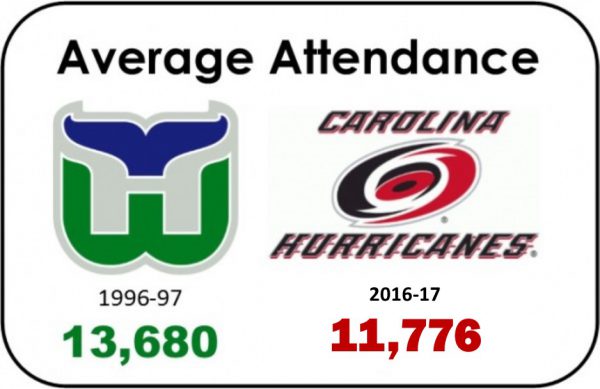
 ades of highs and lows as the Carolina Hurricanes – two Stanley Cup appearances, and one win of the Cup in the early years, and the worst attendance in the National Hockey League, or near the bottom, more recently. In Hartford, the Whalers
ades of highs and lows as the Carolina Hurricanes – two Stanley Cup appearances, and one win of the Cup in the early years, and the worst attendance in the National Hockey League, or near the bottom, more recently. In Hartford, the Whalers 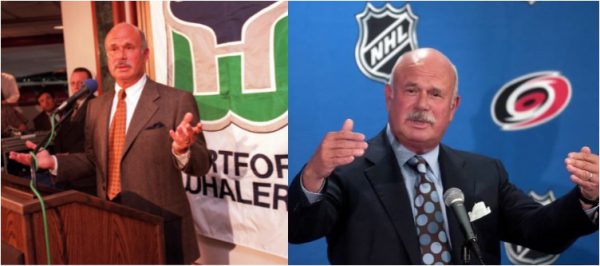

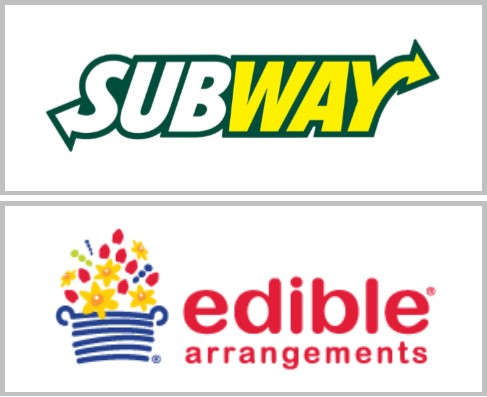



 aphy”.
aphy”.




 The backdrop is offered by more than 700 global companies that have subsidiaries here, employing more than 100,000 people, the Organization for International Investment points out. The state’s convenient access to a variety of transportation options all provides access; there were 4.6 million tons of cargo carried on Connecticut rails in 2015, for example, and 11.4 million tons of freight shipped through Connecticut ports in 2013.
The backdrop is offered by more than 700 global companies that have subsidiaries here, employing more than 100,000 people, the Organization for International Investment points out. The state’s convenient access to a variety of transportation options all provides access; there were 4.6 million tons of cargo carried on Connecticut rails in 2015, for example, and 11.4 million tons of freight shipped through Connecticut ports in 2013. l and freight movement by rail and highway makes Connecticut a prime location for domestic and international trade,” the report points out. Leading exports include: Aerospace/Transportation Equipment, Non-Electrical Machinery, Computers and Electronics, Chemicals, Electrical Equipment, Fabricated Metals Production, and Primary Metal Manufacturing.
l and freight movement by rail and highway makes Connecticut a prime location for domestic and international trade,” the report points out. Leading exports include: Aerospace/Transportation Equipment, Non-Electrical Machinery, Computers and Electronics, Chemicals, Electrical Equipment, Fabricated Metals Production, and Primary Metal Manufacturing. s specific to their industry.
s specific to their industry.

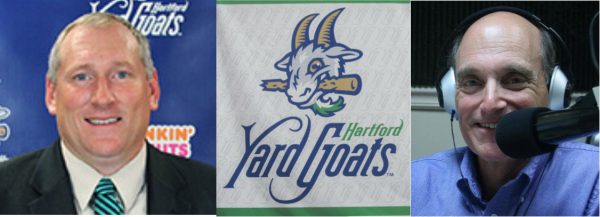
 es for connectivity, just behind Jersey (New Jersey) and ahead of Newark, Yonkers, Paterson, Elizabeth, and Sunnyvale, Hayward, Fremont and Vallejo in California.
es for connectivity, just behind Jersey (New Jersey) and ahead of Newark, Yonkers, Paterson, Elizabeth, and Sunnyvale, Hayward, Fremont and Vallejo in California. he study’s methodology.
he study’s methodology.

























